Words by Barbara van Santen
Photography by Jure Plešec & Tisa Praprotnik
On Monday, I got back from the European Design Festival in Ljubljana, Slovenia, a city that offered both a warm welcome and a stunning backdrop for this celebration of all things design. As a jury member for the European Design Awards and a graphic designer, I was able to experience the festival on both a professional and a personal level. And fortunately, there was time for a few strolls along the river that winds through the heart of the city, plenty of good coffee to be had, and even a visit to the Cukrarna Gallery, once a sugar refinery, now a vibrant cultural venue.
And the award goes to...
I joined designers and students from all across Europe for a few inspiring days of talks, workshops and design walks. Highlights for me included the exhibition Eccentricity: Design from the Off-Centre at City Hall, featuring work by over 50 designers from the former Yugoslavia, and two eye-opening lectures, one by Lemke Meijer from the Icelandic Studio Gagarin and another by Aurelija Mockevičiūtė on data visualization at CLEVER°FRANKE.
And then there was Saturday night: the award gala at the iconic Grand Hotel Union, Ljubljana’s first modern hotel. As a juror, I had the honour of presenting several awards, and what a night it was for Dutch design!
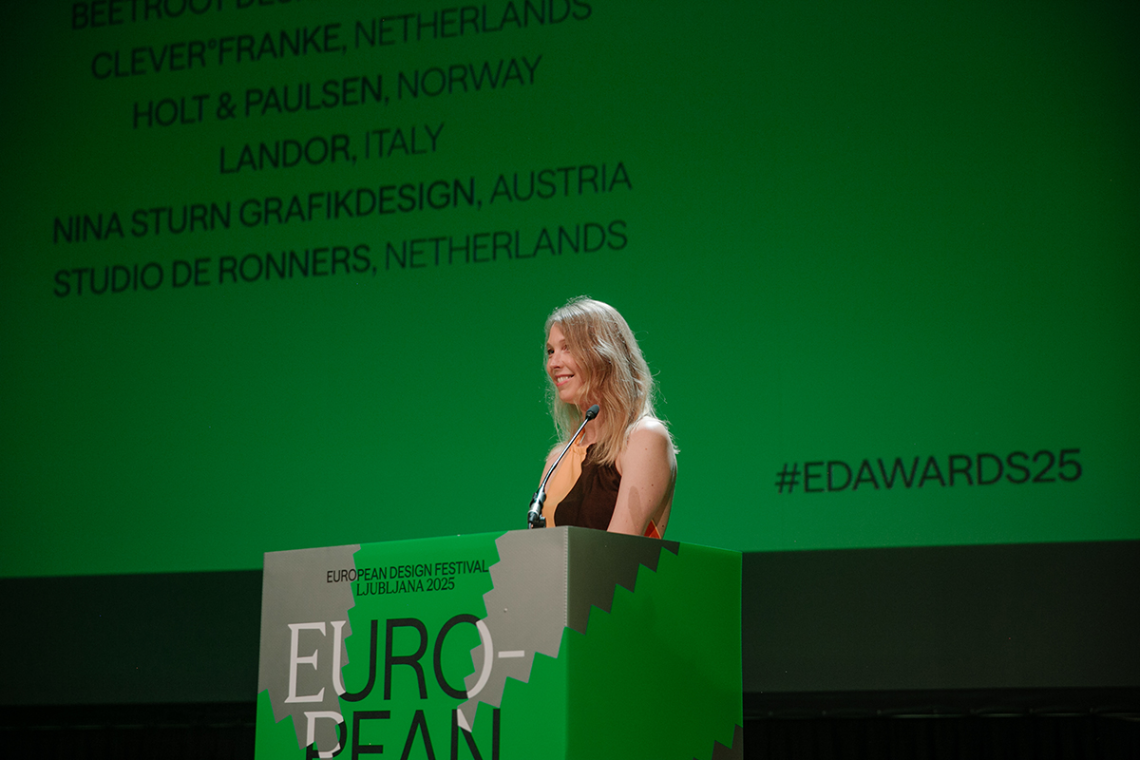
Photo: Barbara van Santen, European Design Awards Ceremony 2025
No fewer than 14 awards went to design agencies from the Netherlands. Gold went to studio de Ronners, Fabrique, Studio Dumbar/DEPT® and CLEVER°FRANKE. These impressive achievements show just how strongly the Netherlands is rooted at the top of the European communication design landscape. You can find the full overview of winners here on our site, in Dutch.
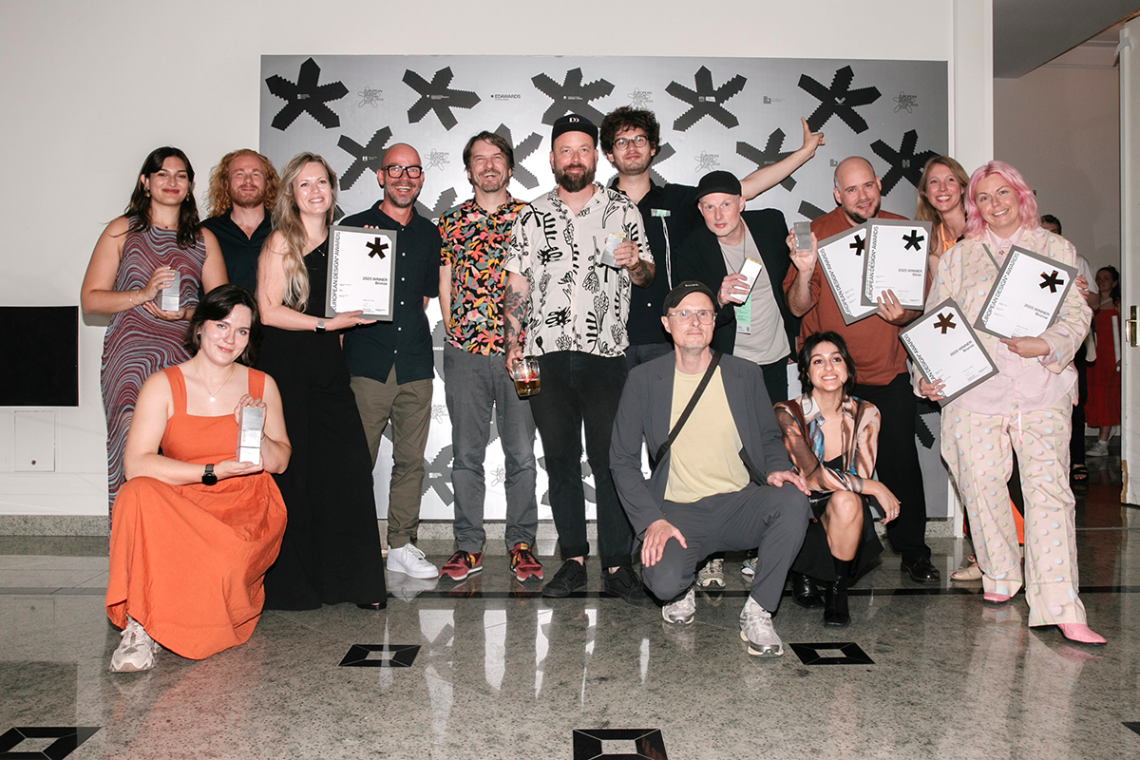
Photo: Dutch winners of the European Design Awards 2025
Agency of the Year
Most notably, CLEVER°FRANKE was crowned European Design Agency of the Year, a testament to their leadership in the field of data visualization and AI. This prestigious recognition marks a high point in their mission to make the complexity of the world more understandable.

Photo: acceptance speech CLEVER°FRANKE, European Design Awards Ceremony 2025
Co-founder Thomas Clever reflects: “This award celebrates the power of design to guide us through a rapidly changing world. As AI and complex systems influence more of our lives, we see visualization as a critical tool, not just to explain what’s happening, but to shape a future where technology remains understandable, responsible and human-centered.”

Photo: Design & AI Symposium | Design: CLEVER°FRANKE
Their ED-Award-winning projects highlight the trademark strengths of CLEVER°FRANKE — designing informative experiences using data and AI. For example, the Design & AI Symposium (Gold, Integrated Identity Applications) features an generative, data-driven identity identity that ties everything together and connects with a broad audience. The Type 1 Diabetes Index (Bronze, Information Site) is another example — an interactive tool that uses storytelling and clear data visuals to make a complex topic easier to understand.
“Design has the power to shape how we see the world. And that means we have a responsibility to use that power wisely.”
– Thomas Clever, CLEVER°FRANKE
A lasting impression
What continues to set the European Design Awards apart for me is their ethos: accessible entry fees and a real commitment to the design community. These awards don’t exist in a vacuum; they serve to bring designers together and highlight the role of design in addressing broader societal questions.
Several projects from this year’s selection left a lasting impression on me. Strangers Unseen, a book written by Jeroen Boom and designed by Studio Another Day (Bronze, Self-Initiated Projects), delves into the world of essay films and how they challenge the conventional ways we look at images, especially those depicting refugees and migrants. Through its visual language, the book reflects the very themes it explores and feels as unsettling as the stories it holds.
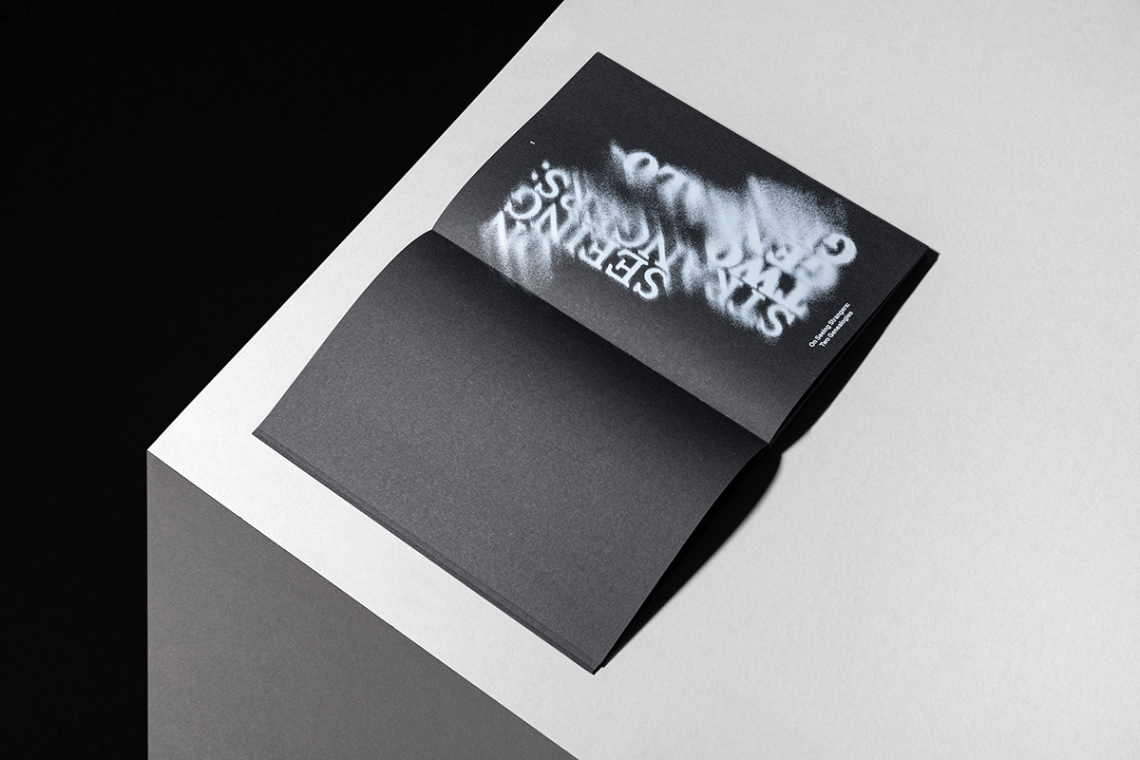
Photo: spread Strangers Unseen | Design: Studio Another Day
The initiative A Touch of Tenderness by studio de Ronners (Gold, Self-Initiated Projects) acts a moving reminder of design’s unifying power. Eight Rotterdam-based designers joined forces to create limited-edition woven blankets that embodied care and solidarity as a response to the current polarised world. More than just a design collection, the project evolved into a cultural movement, raising funds, sparking conversation and demonstrating that small budgets can still yield meaningful impact when rooted in collaboration.
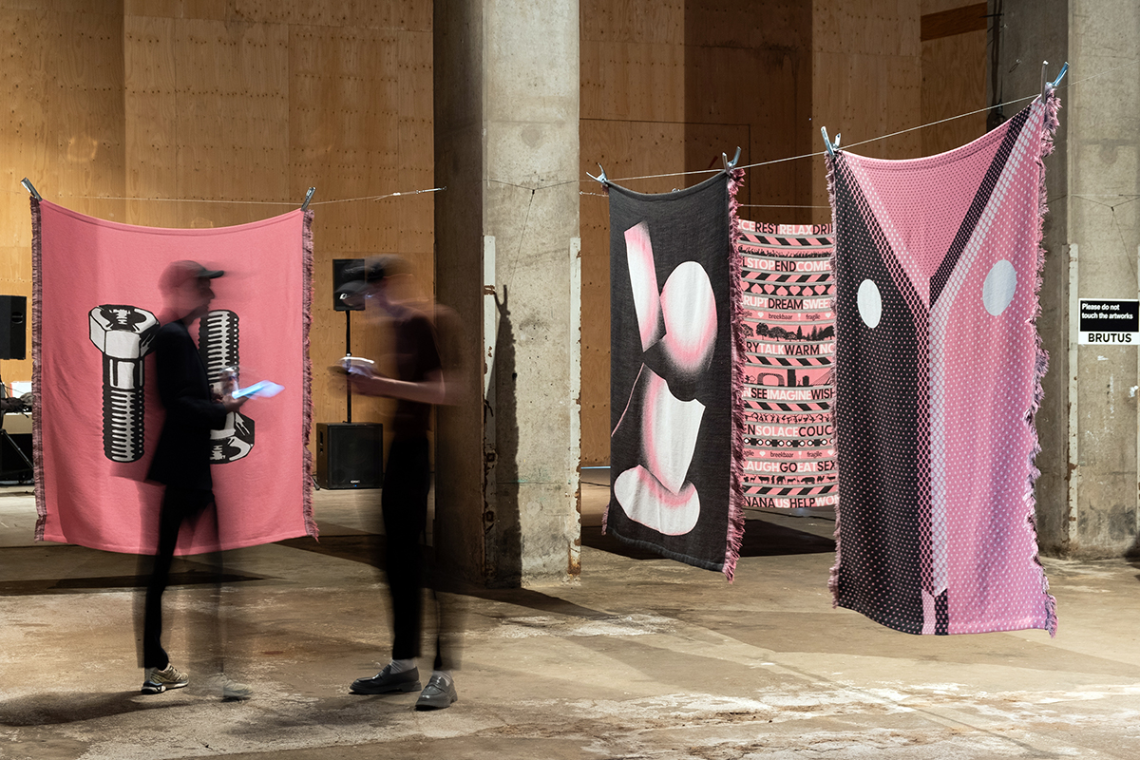
Photo: A Touch of Tenderness | Design: studio de Ronners | Photography: Davide Locatelli
What struck me this year was the sheer quality of submissions in the Exhibition Design category. One project in particular left a deep impression. At the former Mittelbau-Dora concentration camp in the Kohnstein near Nordhausen, Germany, design studios GfG / Gruppe für Gestaltung and oblik identity design reimagined how to convey the horrors of Nazi-era forced labor. Thousands perished while imprisoned underground, assembling V2 rockets in total darkness and brutal conditions.
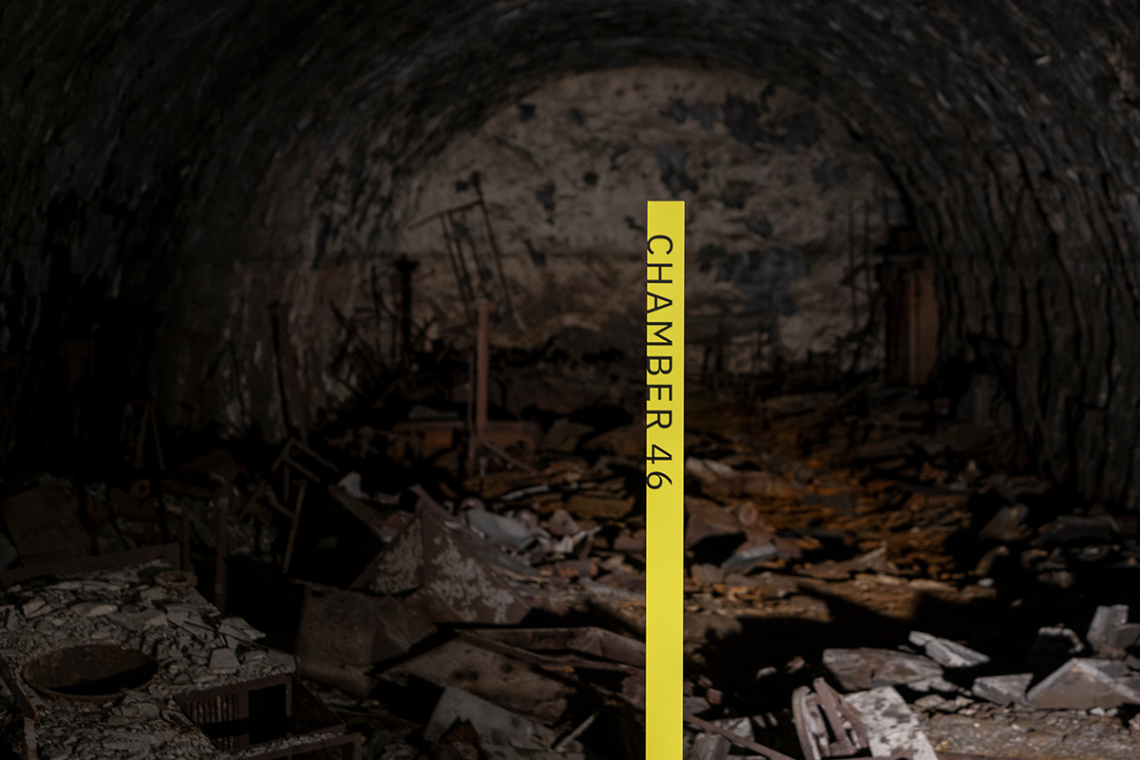
Photo: Didactic development of the tunnel in Mittelbau-Dora | Design: GfG / Gruppe für Gestaltung and oblik identity design
Rather than a conventional exhibition, the designers chose a deliberately understated approach. Yellow accents aid navigation, lighting is sensitively improved and ramps ensure accessibility, all without disrupting the site’s solemn atmosphere. This project is a compelling example of how design can be respectful while making the story deeply relevant in its retelling.
“Once again we got confirmation that European design is in good hands.”
–
Demetrios Fakinos, Head European Design Awards
Designs with a conscience
Of all the impressive entries we reviewed as a jury, Playwrite by TypeTogether stood out, rightly winning Best of Show in Graphic Applications and Gold in Original Typeface – Text. Designed as an adaptable tool for teaching handwriting in Latin-based languages worldwide, it combines technical precision with a strong social purpose. Over 60 customizable font models are already available, offered as free and flexible digital tools for educators.
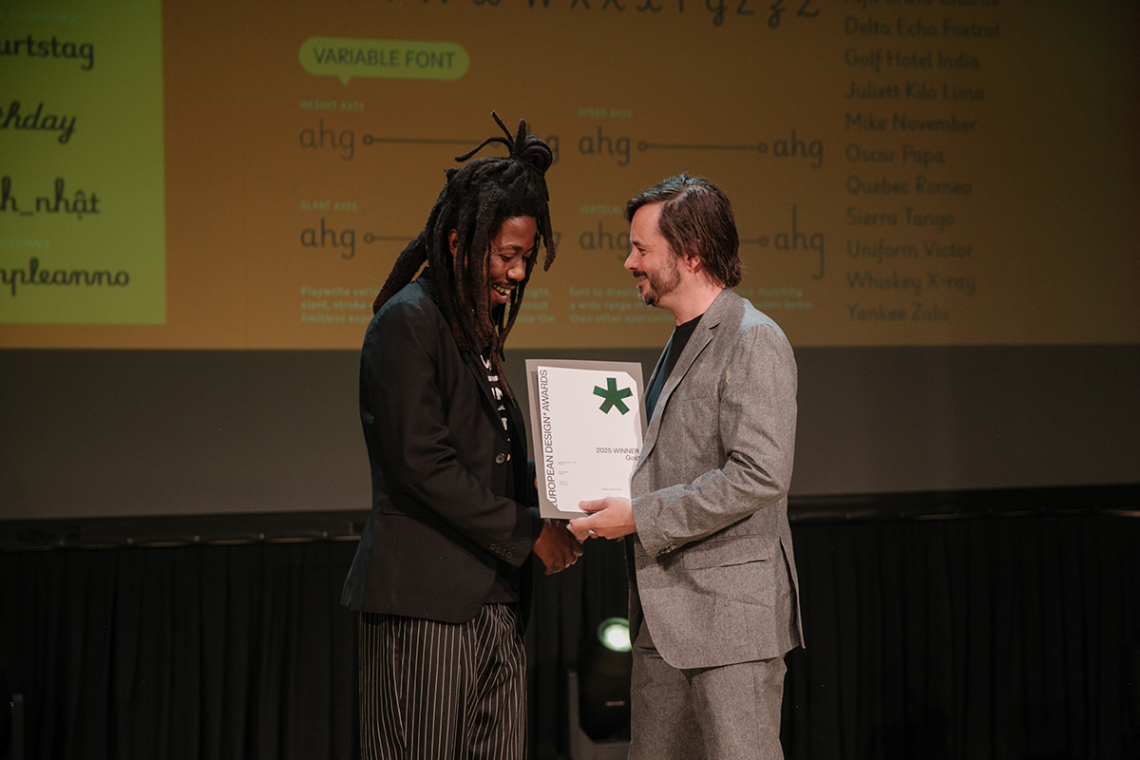
Photo: TypeTogether accepting Gold for Playwrite, European Design Awards Ceremony 2025
Another gold-winning entry worth mentioning is Uprooted by design student Niklas Wolf. His work explores the complex debate around material and form in furniture design, viewed through the lens of colonial history. By combining historical context with a modern perspective, he presents the topic in a strikingly powerful and thought-provoking way.
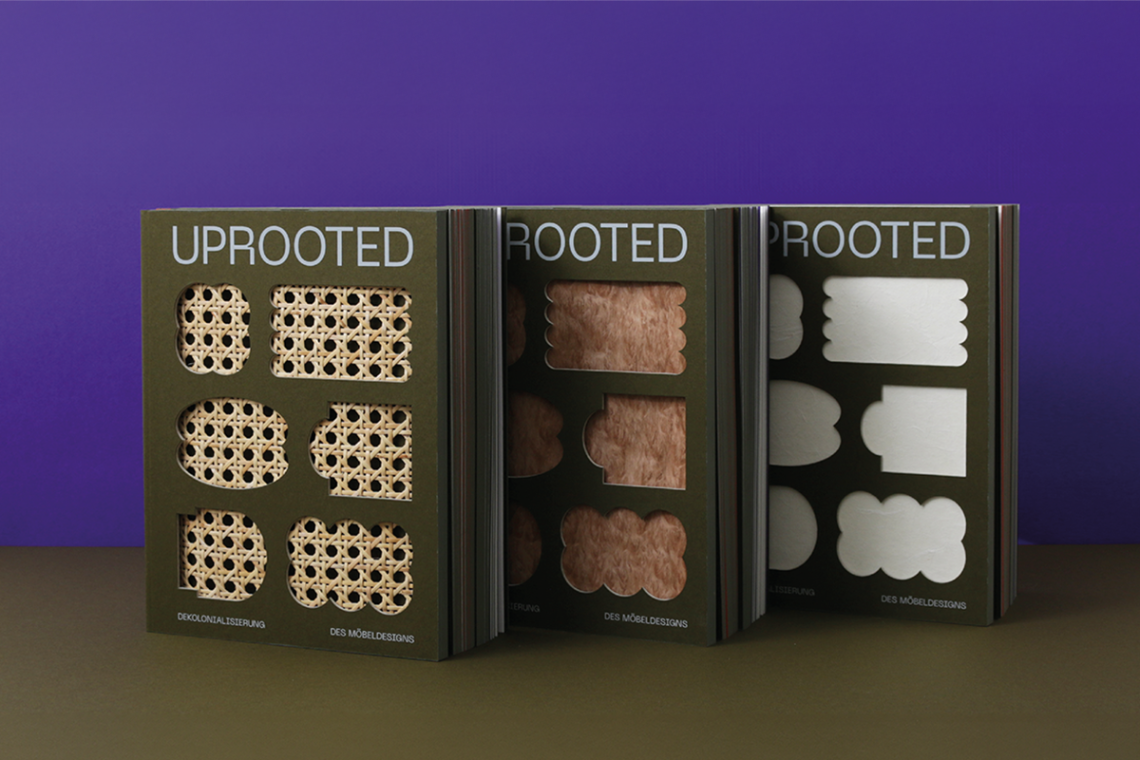
Photo: Uprooted | Design: Niklas Wolf
The jury was also blown away by Act the Thought by Studio Eduardo Aires (Gold, Printed Miscellaneous), a series of gazettes that use bold, newspaper-style typography to share a powerful message on human rights. The content, which highlights a diverse range of public figures, from various genders, ages and backgrounds, is captured in a convincingly crafted medium. With many editions in the series, the consistent quality of both content and design makes it truly stand out.
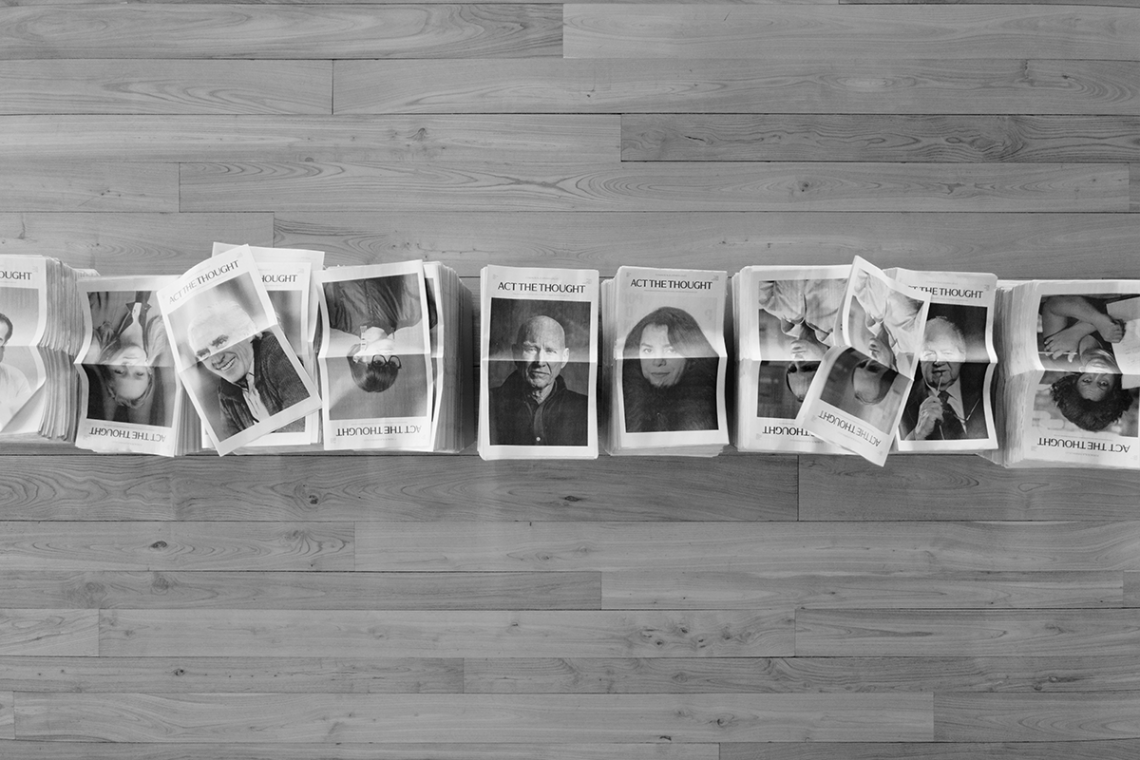
Photo: Act the Thought | Design: Studio Eduardo Aires
This year’s European Design Festival was a powerful reminder that good design goes far beyond aesthetics. The most memorable projects weren’t just beautifully made, they were designs with a conscience. At its core, design is a way of listening, responding thoughtfully, and truly seeing through someone else’s eyes. That sense of purpose felt especially vital this year.
Hopeful thoughts
The evening ended on a poignant note with a speech by Demetrios Fakinos, head of the European Design Awards, who reflected on the presence of Ukrainian designers like Sergiy Maidukov, an acknowledgement that carried extra weight given the current climate. He closed with a simple, hopeful thought: that next year’s edition might unfold in a world no longer marked by war in Ukraine and Gaza.

Photo: Demetrios Fakinos, European Design Awards Ceremony 2025
The jury
This year’s Graphic Applications jury consisted of Julia Kahl (designer, editor, lecturer and co-founder Slanted Publishers, Germany), Étienne Hervy (curator, writer and educator, France), Meret Ernst (lecturer, curator Museum für Gestaltung Zürich, Switzerland), Martin Jenča (design director, curator and publisher, Slovakia), Magdalena Heliasz (graphic designer, curator, Poland), Onur Yazıcıgil (typographer and design educator, Turkey) and Barbara van Santen (communications professional, editor, The Netherlands).
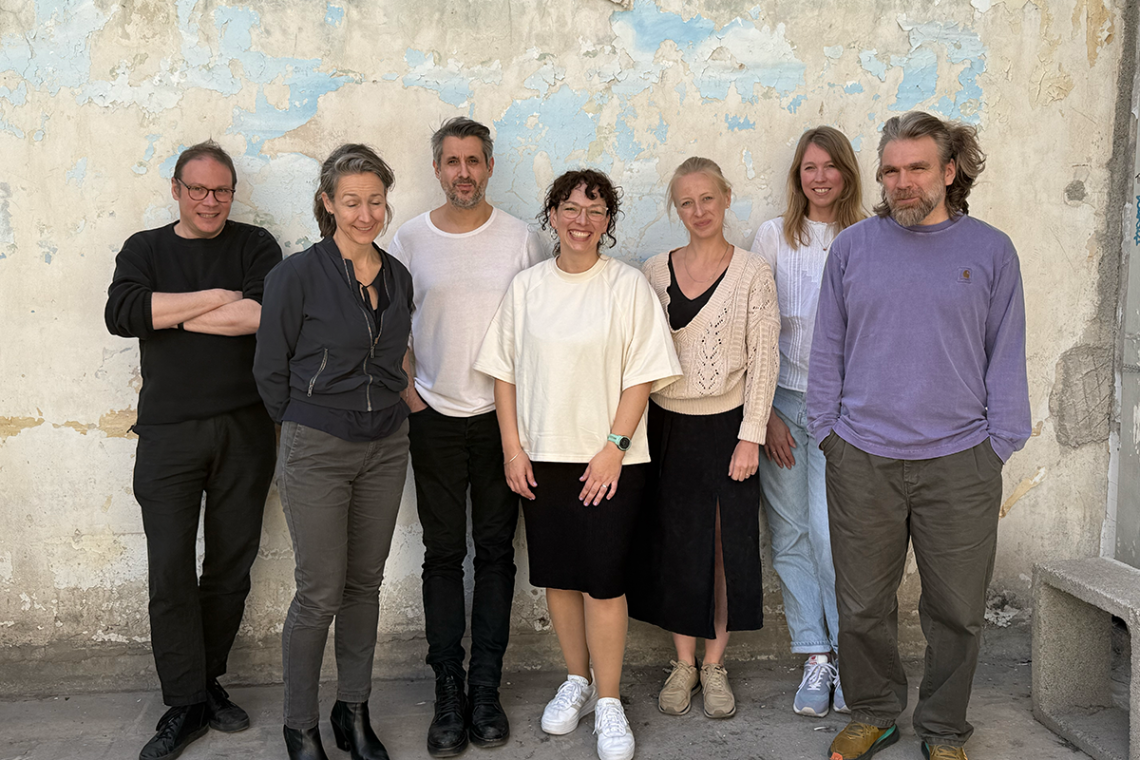
Graphic Applications Jury, European Design Awards 2025 | Photography: Demetrios Fakinos
About the European Design Festival
From 5 to 8 June 2025, Ljubljana, Slovenia, was the setting for the European Design Festival. The event was curated by the European Design Awards and the International Council of Design, and organized by the Brumen Foundation, the organization behind Slovenia’s design biennial. The festival offered a rich and diverse program that brought together designers, students and professionals from across Europe for an inspiring exchange of ideas, experiences and creative perspectives.